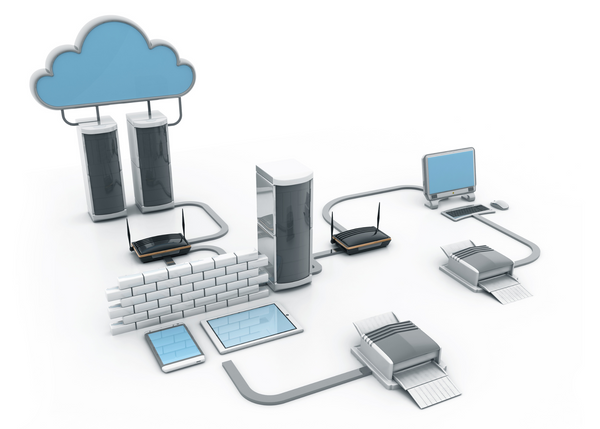Internet of Things (IoT) devices provide significant value to organizations in a wide range of industries. If they’re not properly secured, however, they pose significant risk to mission-critical operational technology (OT) systems.
The Microsoft Defender for IoT research team recently investigated attacks on water utilities in the United Kingdom. The researchers found that the utilities were using routers that were intended for use by consumers. Attackers leveraged a remote code execution vulnerability in the routers to install the Mirai botnet. A patch for this vulnerability had been available for more than two years, but the update had not been applied.
In this case, the SCADA systems that monitor water quality were not breached. However, the vulnerable routers could have allowed the attackers to move laterally through the network and gain access to sensitive OT systems.
This is the conundrum posed by the IoT. Organizations are deploying IoT devices with the presumption that those devices are secure. However, many IoT devices weren’t really designed to be connected to the open Internet and have only the most rudimentary security controls.
Organizations should perform regular vulnerability assessments to find risky IoT devices. They should also develop and implement a security program that specifically addresses IoT risk.


